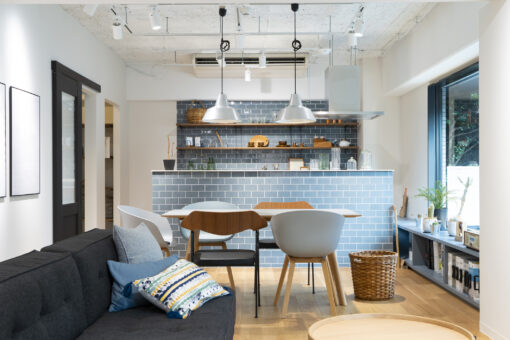Have You Fallen in Love with Our Trim Tile? Learn Various Places You Could Use It
 You probably need to acquire some trim tiles as well if you are organizing a job that involves wall tile. From delicate pencil tiles to striking molding tiles, trim tile is available in a variety of forms and styles to fit various demands. Here are five scenarios in which trim tile is probably a good idea. If you have questions or want to visit one of our showrooms, contact Mission Tile West at 626-799-4595 today.
You probably need to acquire some trim tiles as well if you are organizing a job that involves wall tile. From delicate pencil tiles to striking molding tiles, trim tile is available in a variety of forms and styles to fit various demands. Here are five scenarios in which trim tile is probably a good idea. If you have questions or want to visit one of our showrooms, contact Mission Tile West at 626-799-4595 today.
Edges
The exposed margins of any tile surface are the most crucial area to employ trim tiles. This requirement frequently arises when installing tile only partially up a wall. Simply cutting the tile off when you reach the correct height would not be a good idea because, in many tile shapes, this would reveal an unfinished ceramic edge at the top. Not only will a specially created trim tile hide this edge, but it will also give the tile design an attractive finishing touch.
Corners
Trim tiles aren’t just for the top edges, of course. They can also be applied to vertical seams or edges that are produced when wall tiles are run past a corner. A specifically crafted trim tile used to cover the seam simply improves the aesthetics of the entire installation. Cove tiles and edge tiles are the names of the trim tiles used for inner and outside corners, respectively.
Transitions
Tile designs frequently require the employment of various tile types, colors, forms, or patterns on a single surface. One such illustration is an inset mosaic or mural above a cooking range or over a bathtub in a bathroom. As a transition between the various tiled fields in this scenario, a decorative rope or braid trim tile—or some other kind of eye-catching trim tile—can be employed.
Accents
For breaking up particularly wide stretches of wall tile that could otherwise look monotonous, trim tiles can be very helpful. Depending on your design, you might choose a straightforward pencil trim in a contrasting color or a three-dimensional molding trim that resembles a chair rail molding halfway up the wall or a crown molding at the ceiling.
Aspectual changes
Finally, if you are putting a tile that is really thick, like concrete tile, on your walls, you would definitely need a trim tile. Obviously, concrete tile is typically used on floors, but designers are experimenting with it more and more on walls to take use of its striking colors and patterns. It could be preferable to add some sort of trim—whether made of ceramic tile or wood—to conceal the dimensional difference rather than leaving a thick lip of tile exposed.
Please don’t hesitate to get in touch with Mission Tile West if you need help arranging your tile design. You can call us at 626-799-4595 or stop by one of our three locations.
